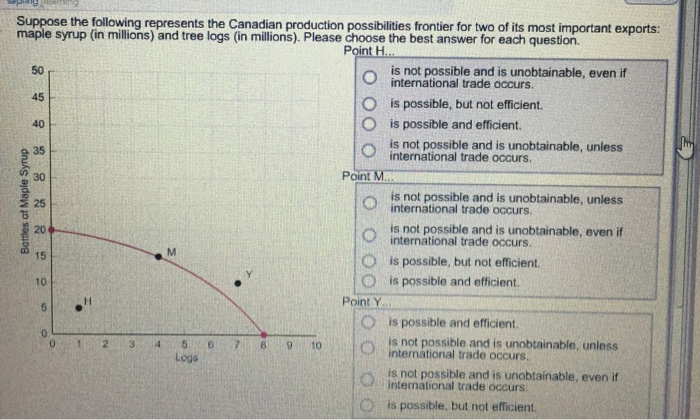Suppose the following represents the Canadian production: a vast and diverse economic landscape shaped by historical significance, current industry trends, and future potential. This comprehensive analysis delves into the evolution of Canadian industries, key economic sectors, and the factors influencing production, providing insights into the complexities and dynamics of Canada’s economic engine.
From natural resource abundance to technological advancements, the Canadian production landscape is a tapestry of interconnected elements, each contributing to the nation’s economic success. By examining regional variations and future trends, this exploration unravels the intricacies of Canadian production, offering valuable perspectives for understanding its impact on the national economy.
Historical Context

Canadian production has played a pivotal role in shaping the nation’s economic and social landscape. From the fur trade to the development of natural resources, Canada’s industries have undergone significant transformations over time.
In the early 19th century, the fur trade dominated the Canadian economy. Companies such as the Hudson’s Bay Company established trading posts across the vast wilderness, facilitating the exchange of furs for European goods.
Major Industries
- Fur trade
- Agriculture
- Mining
- Forestry
- Manufacturing
Current State of Production: Suppose The Following Represents The Canadian Production

Today, Canada’s production sector is highly diversified, with major industries contributing significantly to the economy. Key sectors include:
Key Industries, Suppose the following represents the canadian production
- Energy (oil and gas)
- Mining (metals and minerals)
- Manufacturing (automobiles, aerospace)
- Agriculture (wheat, canola)
- Forestry (timber, pulp and paper)
- Services (financial, tourism)
Factors Influencing Production
Several factors influence Canadian production, including:
Natural Resources
Canada is endowed with abundant natural resources, including vast reserves of oil, gas, minerals, and forests. These resources provide raw materials for various industries.
Labor Force
Canada has a highly skilled and educated labor force, which contributes to the efficiency and productivity of its production sector.
Technological Advancements
Technological advancements have played a significant role in enhancing productivity and innovation in Canadian industries.
Government Policies
Government policies, such as tax incentives and infrastructure investments, can influence the development and competitiveness of Canadian industries.
Regional Variations in Production

Production in Canada varies across regions due to factors such as resource availability, infrastructure, and labor market conditions.
The following table illustrates the distribution of production by region:
| Region | Key Industries |
|---|---|
| Atlantic Canada | Fishing, forestry, tourism |
| Quebec | Manufacturing, aerospace, hydroelectricity |
| Ontario | Manufacturing, financial services, automotive |
| Western Canada | Energy (oil and gas), mining, agriculture |
Future Trends in Production
Future trends in Canadian production are expected to be shaped by several factors, including:
Emerging Industries
Emerging industries, such as clean energy and biotechnology, are expected to play a growing role in Canada’s economy.
Technological Advancements
Continued technological advancements will likely lead to further automation and productivity gains in various industries.
Global Economic Trends
Global economic trends, such as the shift towards sustainable practices and the rise of emerging markets, will influence the demand for Canadian products and services.
Essential FAQs
What are the key industries that contribute to Canadian production?
Key industries include manufacturing, natural resource extraction, agriculture, and services.
How do regional variations influence Canadian production?
Regional variations are influenced by factors such as natural resource availability, transportation infrastructure, and labor market dynamics.
What are the potential future trends in Canadian production?
Future trends include automation, renewable energy development, and the growth of knowledge-based industries.